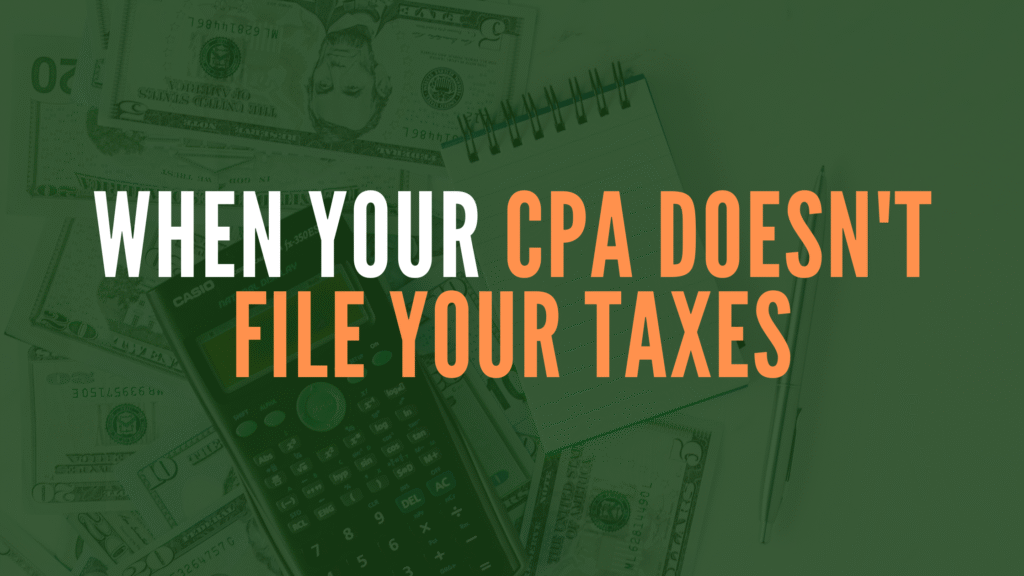When you think about your worst tax nightmare, what comes to mind? Is it identity theft? Running out of money to pay your taxes? Or maybe this: finding out that your CPA, enrolled agent, or tax preparer hasn’t filed your taxes for years—despite you thinking it was all taken care of.
This was the unfortunate reality for Dr. Lee, a Florida surgeon who earned over $1 million annually. Dr. Lee’s CPA had completed his tax returns and had him review and approve them for e-filing. But the CPA never actually e-filed the returns with the IRS.
By the time Dr. Lee discovered the issue, he had missed a crucial $288,409 estimated tax payment to the statute of limitations. This resulted in over $70,000 in penalties for failure to file and failure to pay.
The Legal Battle and Its Outcome
Dr. Lee took his case to court, arguing that he shouldn’t have to pay the penalties because he had “reasonable cause” for not filing. He had relied on his CPA to submit his returns electronically and trusted that it would be done.
But the court didn’t agree. They ruled that all taxpayers are legally obligated to ensure their tax returns are filed on time. Even if you rely on a professional to handle the filing, the responsibility ultimately lies with you.
This means that even though Dr. Lee had hired a professional to file his returns, the law does not excuse his failure to file on time. The lesson here is crystal clear: Never assume your tax preparer has filed your returns without double-checking.
How to Avoid This Nightmare
The good news is, you can avoid this nightmare with a simple action. If you use a CPA or other tax preparer to file your taxes, always confirm with the IRS that your return was actually submitted. You can do this by setting up an online account at IRS.gov and requesting a tax account transcript.
Here’s how it works:
- Timing: It typically takes two to three weeks after your return’s due date for your transcript to be available.
- No Transcript? If you don’t see a transcript on file, contact your tax preparer immediately to figure out what went wrong.
This is an easy step to verify your tax return status and ensure everything is in order.
Filing Your Return Yourself
If you want extra peace of mind, you can always choose to file your tax return yourself. While taxpayers can’t e-file on their own, you can choose to file a paper return instead. Here’s how to do it:
- Get a Hand-Signed Statement: If you choose to file by mail, you must provide a hand-signed and dated statement to your tax preparer that you’ll file the return yourself.
- Include Form 8948: Your tax preparer must then attach IRS Form 8948 to the return, indicating that you’re filing in paper format.
Filing a paper return is an option, but it comes with a downside: it can significantly delay IRS processing. If you’re expecting a refund, this can be a major inconvenience, as paper returns take longer to process than e-filed ones.
The takeaway from Dr. Lee’s case is simple: always take the extra step to ensure that your taxes are filed on time. Don’t just trust your preparer’s word confirm with the IRS that everything is submitted correctly. Taking a few minutes to double-check can save you from costly penalties and headaches down the road.
If you have any questions or need help with your taxes, We’re here to help!

